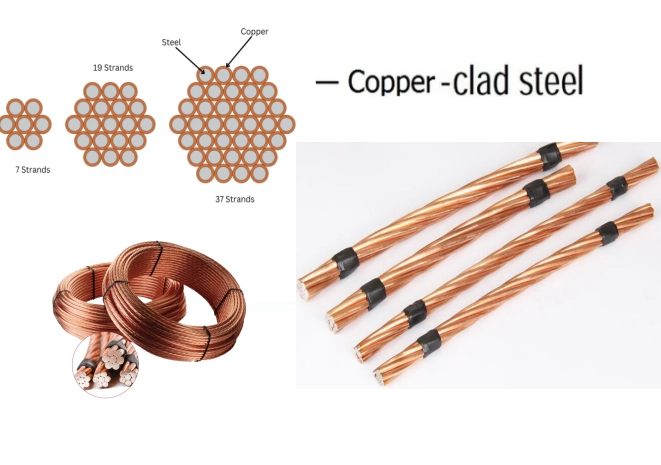Basalt, a fine-grained volcanic rock, is one of the most abundant rock types on Earth, forming the oceanic crust and many volcanic islands. Its composition is primarily mafic, meaning it is rich in magnesium and iron. Understanding the mineral composition of basalt not only provides insights into the geological processes that shape our planet but also has implications for various industries, including construction, agriculture, and even technology. In this article, we will delve into the most abundant minerals found in basalt, their characteristics, and their significance in both geological and practical contexts.
- The Mineral Composition of Basalt
Basalt is primarily composed of a few key minerals that contribute to its unique properties. The most abundant minerals in basalt include:
a. Plagioclase Feldspar
Plagioclase feldspar is the most prevalent mineral in basalt, typically comprising 50-60% of its composition. This mineral is a solid solution series between albite (NaAlSi3O8) and anorthite (CaAl2Si2O8). The presence of plagioclase feldspar imparts a light color to basalt and contributes to its overall texture. Its formation occurs during the cooling of magma, where it crystallizes at relatively high temperatures. The varying compositions of plagioclase can influence the physical properties of basalt, such as its density and melting point.
b. Pyroxene
Pyroxene, particularly augite, is another major component of basalt, making up about 20-30% of its mineral content. This mineral group is characterized by a chain silicate structure and is rich in iron and magnesium. Pyroxene contributes to the dark color of basalt and is crucial in determining its thermal and mechanical properties. The presence of pyroxene also affects the rock's behavior during volcanic eruptions, influencing the viscosity of the lava.
c. Olivine
Olivine, a magnesium iron silicate, is less abundant in basalt, typically constituting about 5-10% of its composition. However, its presence is significant as it is one of the first minerals to crystallize from magma. Olivine-rich basalts, often referred to as picrites, are associated with high-temperature volcanic activity. The mineral's high melting point and low density make it a key player in the differentiation of basaltic magmas.
- Accessory Minerals
In addition to the primary minerals, basalt may contain several accessory minerals, albeit in smaller quantities. These include:
- Magnetite: Often present in basalt, magnetite contributes to the rock's magnetic properties and is a source of iron ore.
- Ilmenite: This titanium-iron oxide mineral can be found in some basaltic rocks and is important for titanium extraction.
- Hematite: This iron oxide mineral can form during the oxidation of iron-bearing minerals in basalt, influencing the rock's color and weathering characteristics.
- Geological Significance
The mineral composition of basalt provides valuable information about the geological history of an area. For instance, variations in the abundance of plagioclase, pyroxene, and olivine can indicate different magma sources and tectonic settings. Basalts with high olivine content are often associated with hotspot volcanism, while those rich in plagioclase may indicate subduction zone processes.
Moreover, the study of basaltic minerals can shed light on the conditions of magma formation and evolution. By analyzing the mineralogy of basaltic rocks, geologists can infer the temperature, pressure, and chemical environment in which the magma crystallized.
- Practical Applications
Understanding the mineral composition of basalt has practical implications across various industries:
- Construction: Basalt is widely used as a building material due to its durability and strength. The mineral composition affects its suitability for different construction applications, such as aggregate in concrete or as a dimension stone.
- Agriculture: Basalt weathering releases essential nutrients into the soil, making basaltic regions fertile. The minerals in basalt can enhance soil quality and promote sustainable agricultural practices.
- Technology: Basalt fibers, derived from basalt rock, are increasingly used in composite materials due to their high strength-to-weight ratio and resistance to heat and chemicals. This has applications in aerospace, automotive, and construction industries.
Conclusion
The study of basalt and its abundant minerals, including plagioclase feldspar, pyroxene, and olivine, reveals much about the Earth's geological processes and provides valuable resources for various industries. As we continue to explore and understand these volcanic rocks, we unlock the potential for innovative applications and deepen our appreciation for the dynamic processes that shape our planet. Whether in the context of geological research or practical applications, the significance of basalt and its mineral composition cannot be overstated.

More Stories
Circular Economy Solutions: COMY Environmental Technology Leading the Charge
How Oil Type Transformers Enhance Industrial Power Efficiency
Indoor vs. Outdoor EV Chargers: Choosing the Right 7kW Charging Solution for Your Home